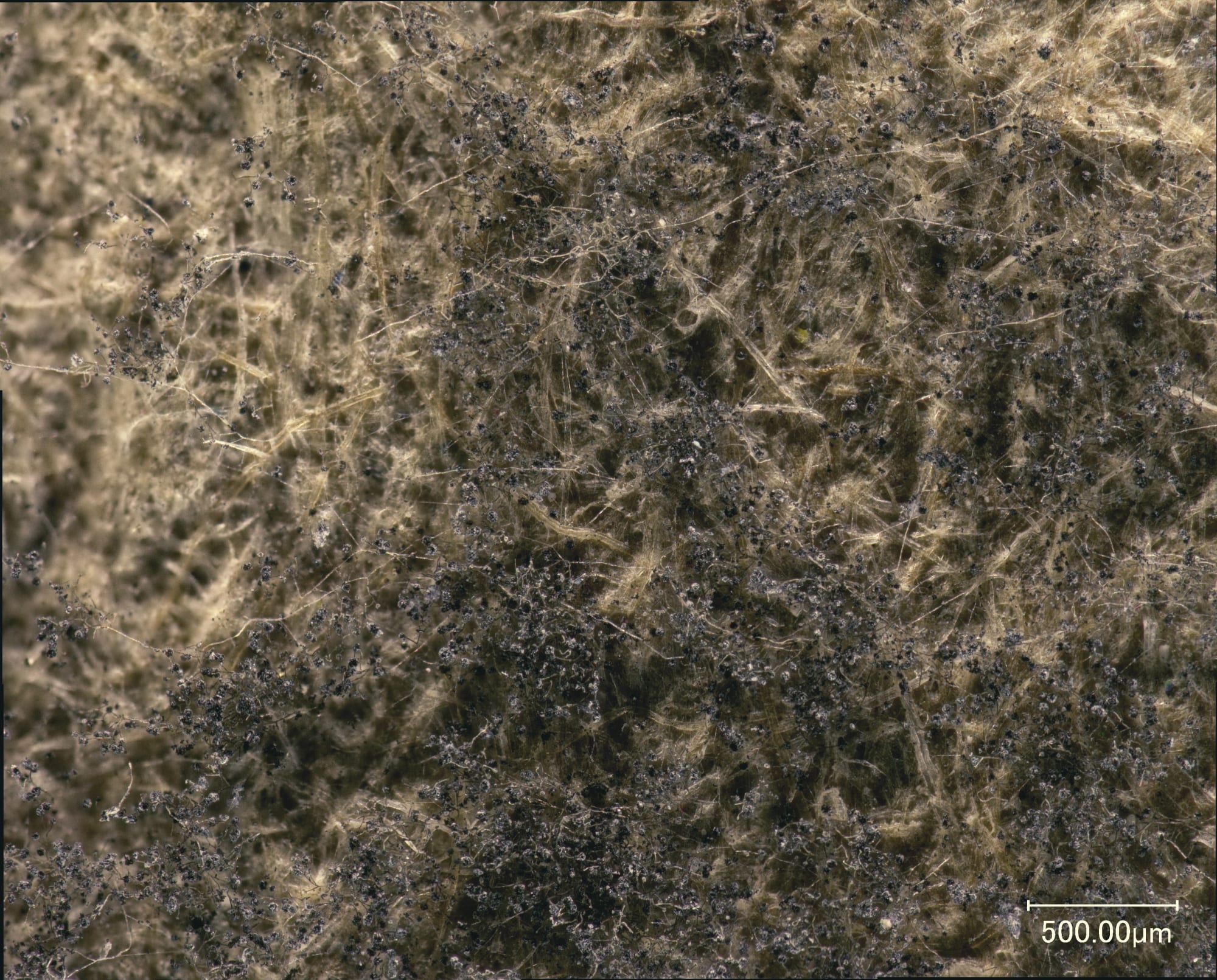removal of mould from holdings in archives and libraries
Mould: an unwelcome house guest.

What is mould?
Mould is a growth of microscopic organisms found everywhere in nature, also in the air. Classified neither as flora nor fauna, mould forms its own kingdom, the “fungi”. Mould grows as thread-like, filamentous structures called mycelia, which are active in the decomposition of organic material (carbohydrates, fats and proteins). It reproduces by means of fungal spores, which have almost no metabolic activity. These spores are everywhere: in the air, on surfaces, on our bodies. On paper documents alone, more than 300 types of mould have been discovered.
What does mould look like?
At an early stage, mould can take the form of lichen-like growths; later, it turns into furry, woolly, musty-dank smelling, ugly fungal deposits that can have different colours – white, green, yellow, red, brown, grey and black. But caution: mould isn’t always visible to the naked eye!
Impact on archival materials and library holdings.
Mould causes discolouration, sticking, material deterioration and decomposition. It poses a serious threat to archival materials, library holdings, artwork and cultural objects.
Impact on people.
The toxic and allergenic properties of indoor mould also pose a threat to human health. The overall negative impact depends on an individual’s sensitivity and their exposure to mould as well as on the kind and amount of mould present and how much time is spent in a contaminated room. An additional factor is the kind of work carried out in the affected space – handling contaminated objects, for example. To ensure the greatest possible safety, our occupational health protection measures follow the standards of the Swiss National Accident Insurance Fund (Suva) and the Federal Office of Public Health (FOPH).
General rules in case of mould growth in archives.
- The contaminated area is off limits, except in case of emergency
- People with weakened immune systems (due to illness or pregnancy, for example) are prohibited from entering the premises
- Protective clothing is mandatory (filter mask/respirator, gloves)
- Hasty movements should be avoided
- Books and records with visible mould growth must not be opened, and they should not be cleaned with a cloth
- Disinfectants should not be used
- Archival materials with visible mould growth must be taken out of circulation
- Contaminated archival materials must not be removed for storage in other rooms
- The use of dehumidifiers and fans must be authorised by a specialist